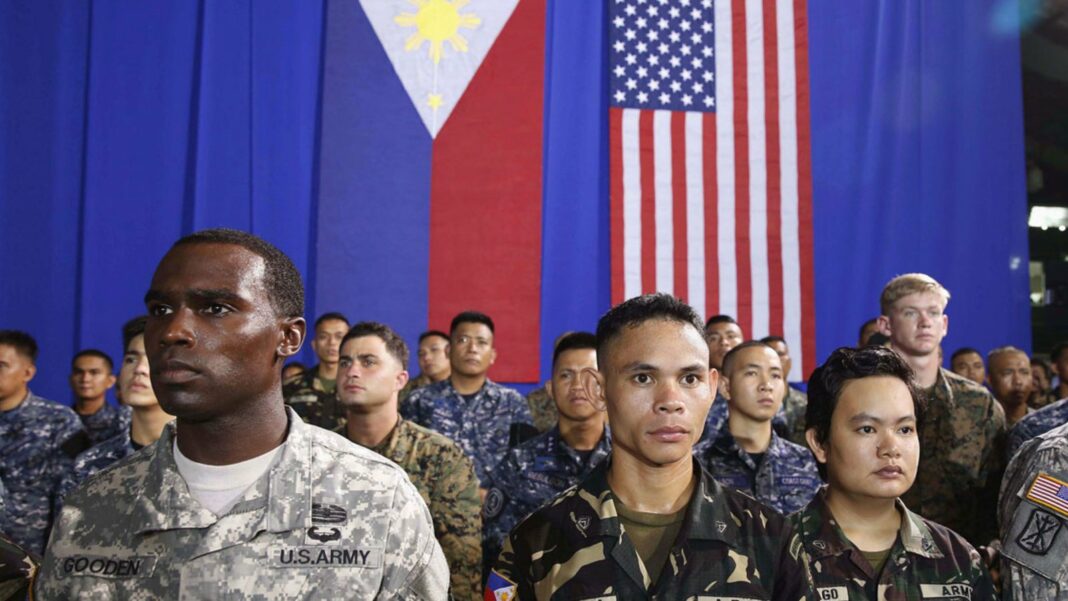The history of the relationship between the Philippines and the United States goes back to the late 19th century. This relationship has gone through various phases, such as colonization, independence, alliance, and partnership. Today, the two countries enjoy generally good relations. Trade is booming between the two countries, as is immigration and travel.
Many American businesses have set up offices and facilities in the Philippines. Meanwhile, Filipino students often head to the United States for college and university. Many Filipinos also settle in the United States permanently, adding their skills, culture, and knowledge to the American melting pot. In fact, the Migration Policy Institute reports that roughly 2 million Filipinos live in America
Fortunately, modern conveniences, like air travel, e-mail, and money wire transfer services, make it easy for Filipinos in America to stay in touch with family in the Philippines. Likewise, if a parent sends his or her child to the United States, they can now rely on a variety of modern services, such as money transfer apps, to stay in touch and support their kids.
Further, if a Filipino comes to the United States to work, perhaps in Silicon Valley’s booming tech industry, sending money back home is easy. You can simply use a modern wire transfer service. Not sure how to get started? Check out Ria’s money transfer options (https://www.riamoneytransfer.com/send-money-to-philippines).
Now let’s take a look at the history of relations between the Philippines and America.
Spanish-American War (1898)
The modern relationship between the two countries arguably began when the U.S. defeated Spain in the Spanish-American War. Following the signing of the Treaty of Paris of 1898, Spain ceded the Philippines to the U.S. for $20 million. Many Filipinos, who had been fighting for independence from Spain, were not happy that they were now under U.S. colonial rule.
Philippine-American War (1899-1902)
Filipino nationalists, led by Emilio Aguinaldo, declared independence and tried to resist U.S. colonization. The war that followed resulted in thousands of Filipino and American casualties. It ended with the U.S. solidifying control over the Philippines.
U.S. Colonial Period (1898-1946)
During this time, the U.S. set up a colonial government in the Philippines and also introduced various political, economic, and social reforms. The U.S. also pushed English as the official language and opened public schools.
Commonwealth Period (1935-1946)
In 1934, the U.S. passed the Tydings-McDuffie Act, which established the Philippines as a Commonwealth and set a timetable for full independence by 1946. Manuel Quezon thus became the first president of the Philippine Commonwealth. However, the Philippines’ path to independence was interrupted by World War II.
World War II (1941-1945)
Japan invaded the Philippines in 1941. The U.S. and Filipino forces on the islands fought together to resist the Japanese occupation. The Philippines endured brutal conditions during the occupation. In 1944, General Douglas MacArthur returned to the Philippines and led the liberation of the country. The war left the Philippines in ruins, but the U.S. provided significant post-war aid and rehabilitation.
Philippine Independence (1946)
On July 4, 1946, the Philippines gained full independence from the U.S., becoming the Republic of the Philippines. However, the U.S. maintained military bases in the country and continued to have a significant influence on Philippine politics and economy.
Cold War Era (1947-1991)
The Philippines and the U.S. maintained a strong alliance during the Cold War. Indeed, the Philippines served as a key strategic military location in the Asia-Pacific region. The U.S. provided military and economic aid, while the Philippines hosted American military bases.
Post-Cold War Era (1991-present)
In 1991, the Philippine Senate rejected the renewal of the U.S.-Philippines Military Bases Agreement, resulting in the closure of U.S. bases. Despite this, the two countries maintained a strong alliance and continued to cooperate in areas such as counter-terrorism, disaster relief, and regional security.
Enhanced Defense Cooperation Agreement (EDCA) (2014)
This agreement allowed for increased military cooperation, including the rotational presence of U.S. forces in the Philippines, joint military exercises, and the sharing of facilities.
The Philippines and America Today
The Philippines and the United States have a long, complex history marked by both cooperation and tension. The relationship has evolved over time and continues to be important for both countries in terms of security, trade, knowledge, and cultural exchange.
Many migrants from the Philippines still make their way to the United States. International travel is now easier due to airplanes, the Internet, international wire transfer services, and other solutions. These innovations should help further growth, investment, the exchange of ideas, and more.

Sharon Howe is a creative person with diverse talents. She writes engaging articles for WonderWorldSpace.com, where she works as a content writer. Writing allows Sharon to inform and captivate readers. Additionally, Sharon pursues music as a hobby, which allows her to showcase her artistic abilities in another creative area.


